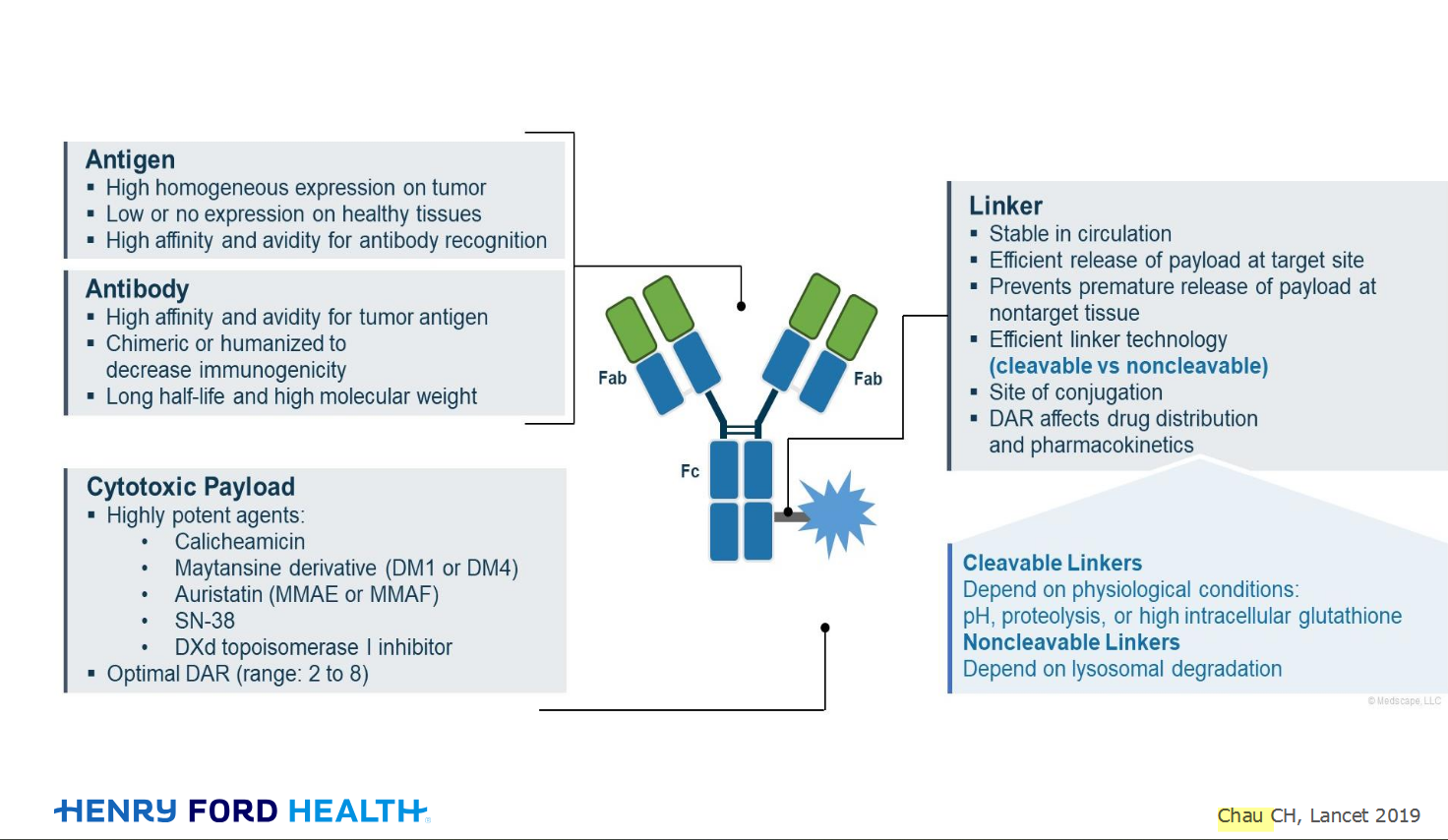Welcome!
Welcome to the new CancerGRACE.org! Explore our fresh look and improved features—take a quick tour to see what’s new.
Opciones de tratamiento para la resistencia adquirida a los inhibidores de tirosinas cinasa del receptor del factor de crecimiento epidérmico (EGFR): enfermedad positiva en T790M
Treatment options for acquired resistance to tyrosine kinase inhibitor of the epidermal growth factor receptor (EGFR): T790 positive disease.
Chief of Hematology/Oncology and Medical Director, Memorial Cancer Institute, Clinical Associate Professor of Medicine, Florida International University
Spanish TRANSCRIPT
Hablando de resistencia en el caso de los receptores de EGFR, hay una mutación nueva que aparece llamada T790M. Es la más popular y se calcula que a veces hasta en el 60% de los pacientes que están en inhibidores de la tirosina cinasa, van a desarrollar mutaciones resistentes en T790M y hay otro 40% con otras etiologías.
Es importante documentar que el paciente tiene esta mutación nueva 790 porque ya tenemos un tratamiento específico, que es el fármaco osimertinib que ya está disponible en Estados Unidos y Europa y próximamente en todo el mundo que es otro inhibidor de la tirosina cinasa. Es un fármaco bien tolerado, no es muy tóxico, se parece a otros inhibidores de la tirosina cinasa. Incluso les diría que es menos tóxica en a lo que se refiere a piel y sistema gastrointestinal.
Lo importante es diagnosticarlo porque si uno no puede probar que el tumor ha hecho una mutación 790, no podemos darle el fármaco. Este fármaco está aprobado específicamente para pacientes que tienen esta mutación. Así que yo creo que es importante que cuando en un paciente falla un inhibidor de la tirosina cinasa, que se le haga una nueva biopsia, una biopsia líquida o una muestra de orina para documentar que el paciente haya hecho una resistencia y que se le haya encontrado la mutación 790 que usualmente no está al comienzo y así poder cambiar la terapia.
English TRANSCRIPT
Talking about resistance in the EGFR receptor, there is a new mutation called T790M. It’s by far the most popular and around 60% that are currently in tyrosine kinase inhibitor, will develop resistant mutations to T790M, the other 40% will have other etiologies.
It is of great priority to document that the patient has this new 790 mutation, because we already have a new specific treatment. This is the drug osimertinib, a tyrosine kinase inhibitor, already available in United Stated and in Europe, and in the near future worldwide. I would even say that this drug is less toxic in the skin and in the gastrointestinal tract.
The important here is the diagnosis because if one cannot prove that the tumor has made a 790 mutation, then we cannot give him the drug. This drug is approved specifically for patients with this mutation. So, I think, it’s very important that when a patient fails with the tyrosine kinase inhibitor, we should make a new biopsy, a liquid biopsy or an urine test to document that the patient has developed resistance and that he has the 790 mutation which is usually not developed in the beginning. This way, we will be able to change therapy.
Please feel free to offer comments and raise questions in our
discussion forums.
Hi app.92, Welcome to Grace. I'm sorry this is late getting to you. And more sorry your mum is going through this. It's possible this isn't a pancoast tumor even though...
A Brief Tornado. I love the analogy Dr. Antonoff gave us to describe her presentation. I felt it earlier too and am looking forward to going back for deeper dive.
Dr. Singhi's reprise on appropriate treatment, "Right patient, right time, right team".
While Dr. Ryckman described radiation oncology as "the perfect blend of nerd skills and empathy".
I hope any...
My understanding of ADCs is very basic. I plan to study Dr. Rous’ discussion to broaden that understanding.

Here's the webinar on YouTube. It begins with the agenda. Note the link is a playlist, which will be populated with shorts from the webinar on specific topics
An antibody–drug conjugate (ADC) works a bit like a Trojan horse. It has three main components:

Welcome to the new CancerGRACE.org! Explore our fresh look and improved features—take a quick tour to see what’s new.